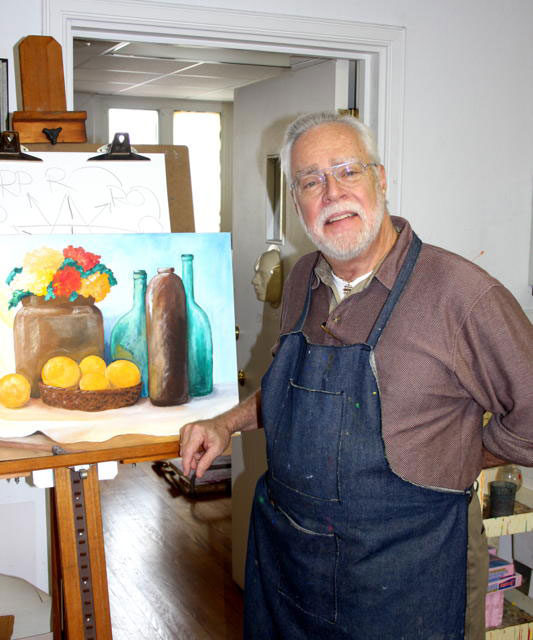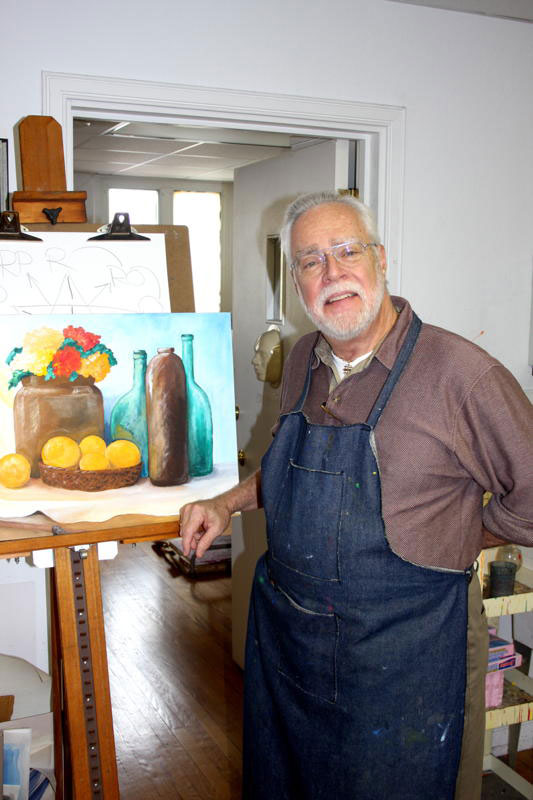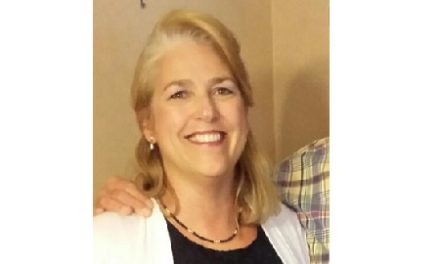By Brian Orthman (Whetstone staff writer)
Although nearly 70, art professor Richard Sharpe thinks of himself as a 23-year-old.
While most people attend different schools for their different degrees, Sharpe could not because of financial restrictions.
“I was very fortunate to have all of my training in the art department at UD, which is a very fine art school and one of the best kept secrets in Delaware,†he said.
After graduation, Sharpe taught at different schools across Delaware for about 30 years.
In 1995, he retired, but two months later he began teaching again, this time at Wesley.
For the past 15 years, Sharpe has worked as an adjunct art professor at Wesley alongside of Professor Lon Fluman.
While both were trained in art in different forms, the colleagues have developed a richly textured friendship and a deep respect for each other’s diverse teaching styles.
I willing acknowledge my debt to the masters of the French Impressionistic School of the late 19th century,†Sharpe said. “I worship at the shrine of Claude Monet. If only I could paint like he did.â€
One of the highlights of his life was visiting Monet’s estate at Giverny in France.
“The other great influence in my artistic life has been Salvador Dali, the great Spanish surrealist painter.â€
Fluman has a different style.
“We both have the same degrees but totally different ways of presenting the material,†he said. “This is good because it gives the students who take our classes a wider experience.â€
Sharpe, who walks with a cane and wears an apron, believes that “change is the true constant.â€
“When I came here, Wesley was in a very difficult situation and was in danger of closing,†Sharpe said. “Now we see a healthy and growing institution, which continues to move in positive directions.â€
Along with teaching, Sharpe has had art displayed in private collections across the country.
His art has also been displayed in three other countries.
At one point in his career he did strive to do gallery shows, but no longer tries to. He has a piece displayed at the Delaware Art Museum in its etchings collection.
His hope is that each of his students will leave his class with the ability “to see the world which is full of beauty with artistic skills with which they capture that beauty using art media.â€






